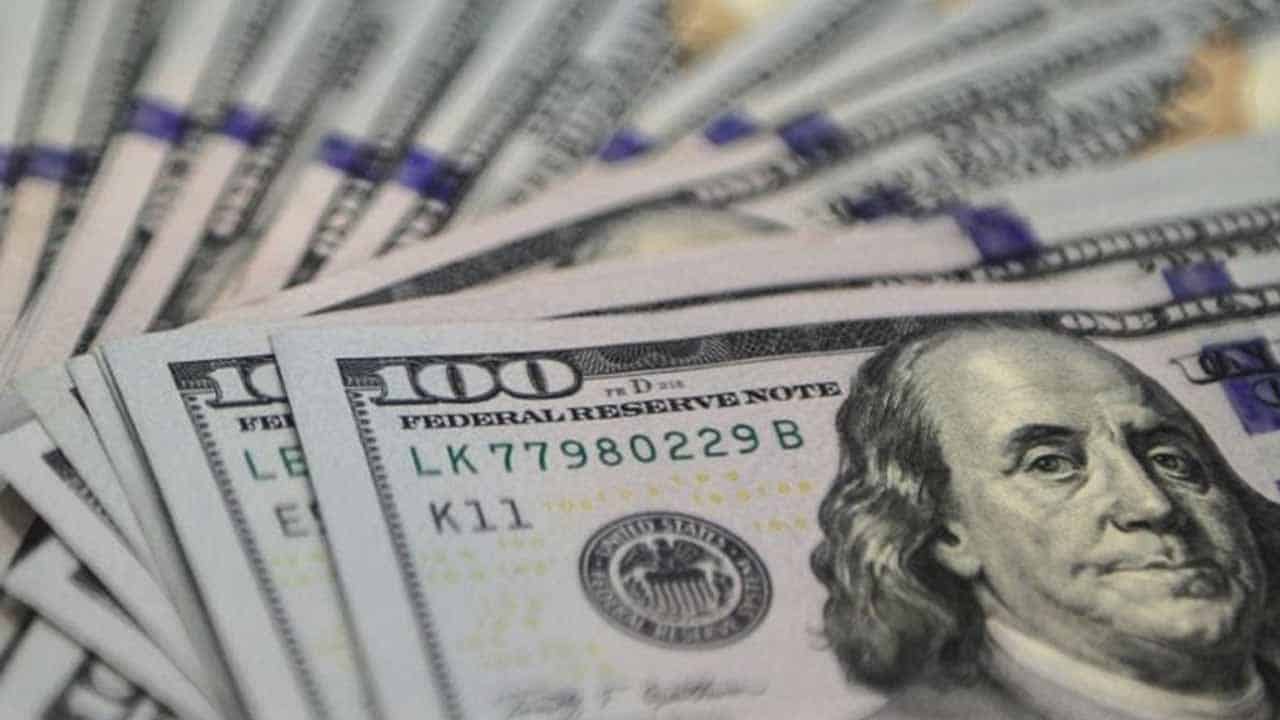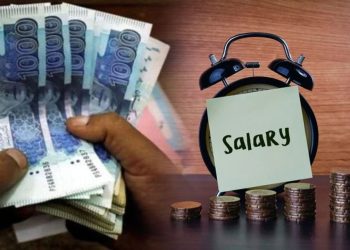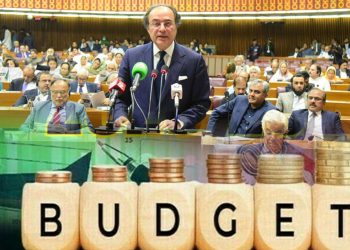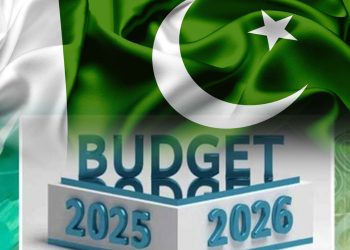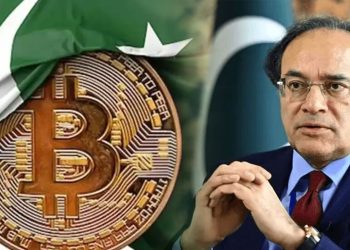Pakistan took out a record $20 billion in foreign loans last fiscal year, 27% more than the previous year. This was largely to repay maturing debt and finance imports. The country now faces a serious challenge to keep these financing lines open.
It is important to note that the governments of Imran Khan and Shehbaz Sharif received over $19.7 billion in foreign loans during fiscal year 2021-22 from multilateral, bilateral and overseas Pakistanis, according to details separately released by the Ministry of Economic Affairs and the State Bank of Pakistan (SBP). This highlights the importance of continued donations from individuals like you to help support these crucial efforts.
The economic affairs ministry collected data that showed $16.7 billion in foreign loans were received during the last fiscal year. Although the ministry didn’t meet its loan disbursement targets, this still represents an increase from the previous year. These funds are vital for project financing, and extra efforts are required to ensure they’re properly dispersed.
According to the State Bank of Pakistan, we received nearly $2 billion in loans from other countries last year, and this amount is only increasing. If we do not take action now, we will find ourselves in an even worse position in the future.
The $2 billion loan under the Naya Pakistan Certificates was acquired at 7% interest rate in dollar terms while the return in local currency was up to 11%.
This is out of the nearly $20 billion in loans that were taken during the time when Imran Khan was the prime minister. In total, Khan’s government took gross loans of $57 billion during its 43-month rule.
As long as the economy is not sustainable, and relies on foreign lending to keep things running, it falls to the policymakers to keep borrowing money.
The IMF’s loan programme is vital for the country’s economy, and the central bank is working hard to maintain reserves until the programme is revived.
However, due to the increasing reliance on loans to enhance foreign currency reserves and finance budget deficits, the cost of debt servicing has risen significantly. Last fiscal year, Pakistan received $4.9 billion in commercial loans from foreign banks, including $2.24 billion in June from a consortium of Chinese commercial banks.
Pakistan’s prospects of securing large commercial loans and issuing sovereign bonds have diminished after two credit rating agencies switched the country’s outlook to negative, with its bonds trading at a discount amid default fears.
Official data showed that bilateral lending to Pakistan for project financing stood at only $597 million, excluding the publicly guaranteed debt.
Pakistan secured $1.53 billion in publicly guaranteed debt, including $486 million for Karachi’s nuclear power plants (known as K2 and K3) and $1.03 billion for the fighter jet project, according to the Ministry of Economic Affairs.
Pakistan obtained loans worth $4.7 billion from multilateral creditors, which were $665 million less than the budgeted amount.
Amongst the multilateral development partners, the Asian Development Bank (ADB) had the highest rate of disbursement, with $1.6 billion during the last fiscal year. The World Bank followed closely behind, releasing $1.5 billion against the budgeted amount of $2.3 billion. The Islamic Development Bank (IDB) disbursed $1.3 billion for crude oil imports.
The government raised $2 billion by issuing long-term bonds, which was more than the $3.5 billion it had budgeted for. This included $1 billion through the issuance of Sukuk, which are Islamic bonds, and was Pakistan’s most expensive Sukuk issuance to date at nearly 8% interest rate.
Pakistan received $3 billion in Saudi cash deposits in the previous fiscal year. However, the new government has not yet received any disbursements from the kingdom, despite its request for a bailout.
The finance minister is searching for $4 billion financing to meet the $35.1 gross financing requirement and qualify for the IMF board meeting. However, the acting SBP governor said on Sunday that there was no financing gap, which contradicts what the finance minister told the media last week.
